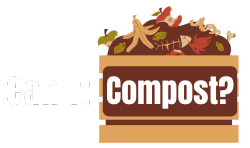Can I Compost Cardboard with Ink?
Cardboard with ink is generally compostable, but the ink type significantly impacts its suitability and requires careful handling.


Sourced & Cited
Cardboard itself is a great brown material for your compost pile, providing essential carbon for balanced decomposition. However, some inks might contain non-biodegradable components or heavy metals, potentially contaminating your compost. It's best to proceed with caution and follow best practices.
Compost Classification
Brown (Carbon-rich): Cardboard is a dry, carbon-rich material that helps balance the moisture content in a compost pile, crucial for effective decomposition. The carbon provides energy for microbial activity.
🏷️ Tags
Important characteristics to know about this item:
Breaks Down Slowly Use in Moderation Pest Attraction Risk Avoid if Treated/Coated May Contain Synthetics
⚠️ Potential Risks
- Certain inks may contain heavy metals or plastics that won't break down, potentially contaminating your compost.
- Heavily inked cardboard may decompose more slowly than plain cardboard.
- Attracting pests if not properly managed within the compost pile.
💡 Best Practices
- Tear or cut cardboard into smaller pieces (approximately 1-inch squares) for faster decomposition.
- Ensure the cardboard is free of plastic coatings, glossy finishes, or wax.
- Layer cardboard with green materials (food scraps, grass clippings) in your compost pile for optimal decomposition.
- Bury heavily inked cardboard deeper within the pile to minimize potential contamination.
